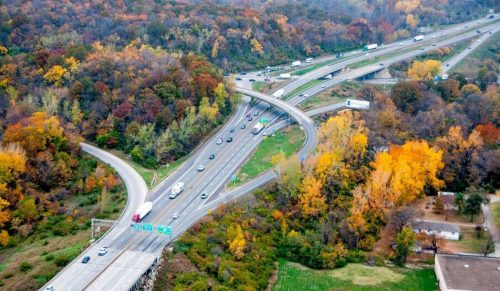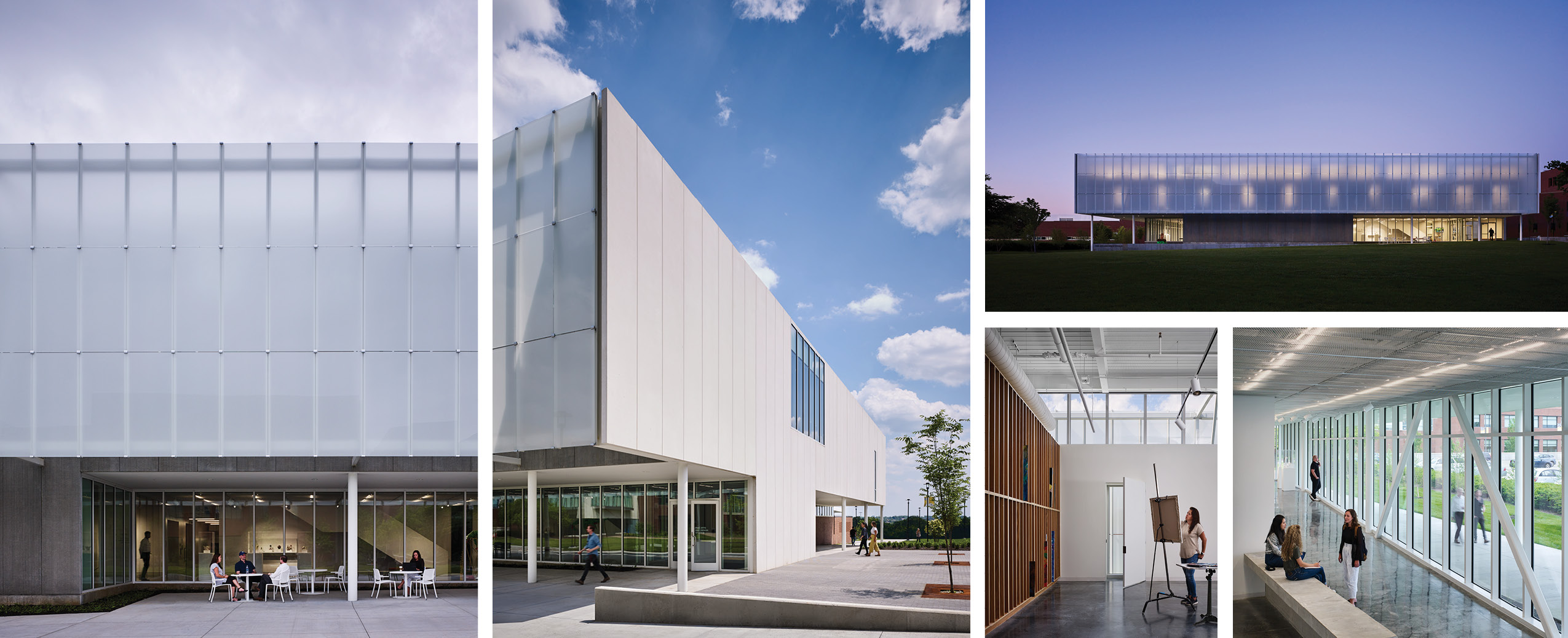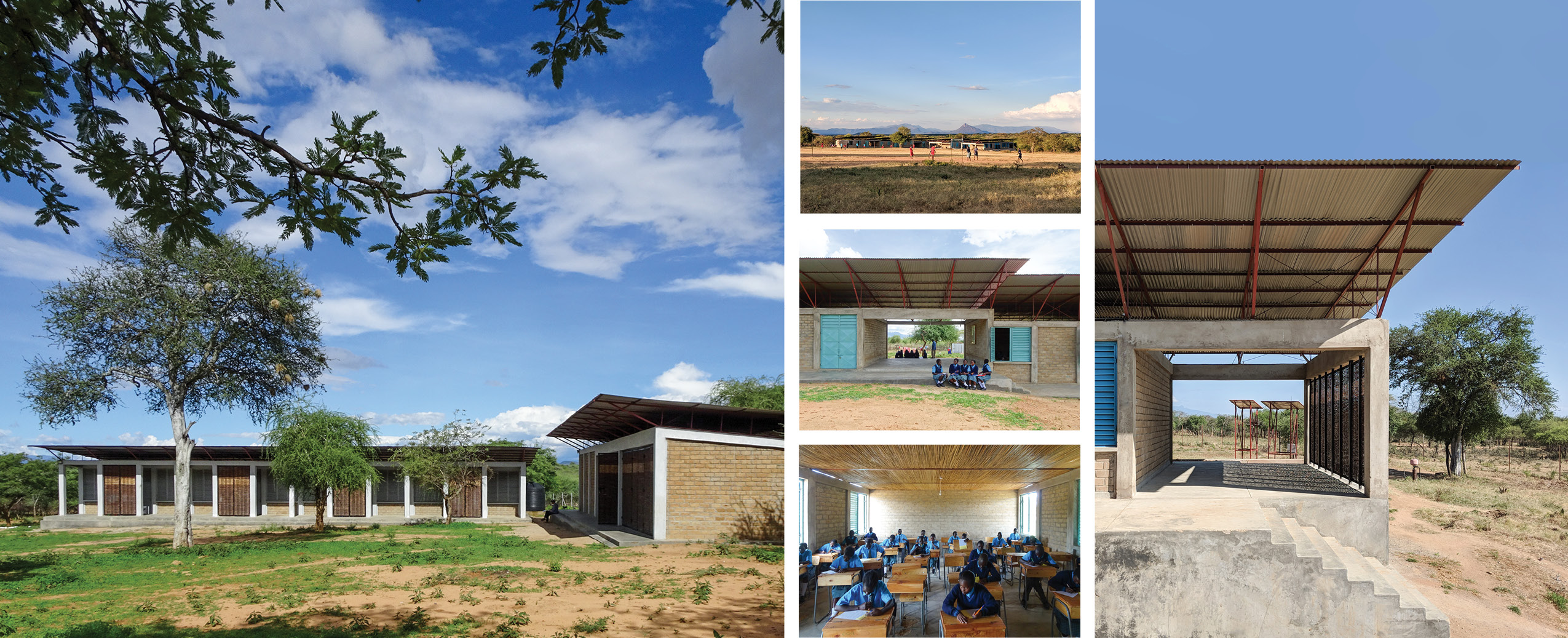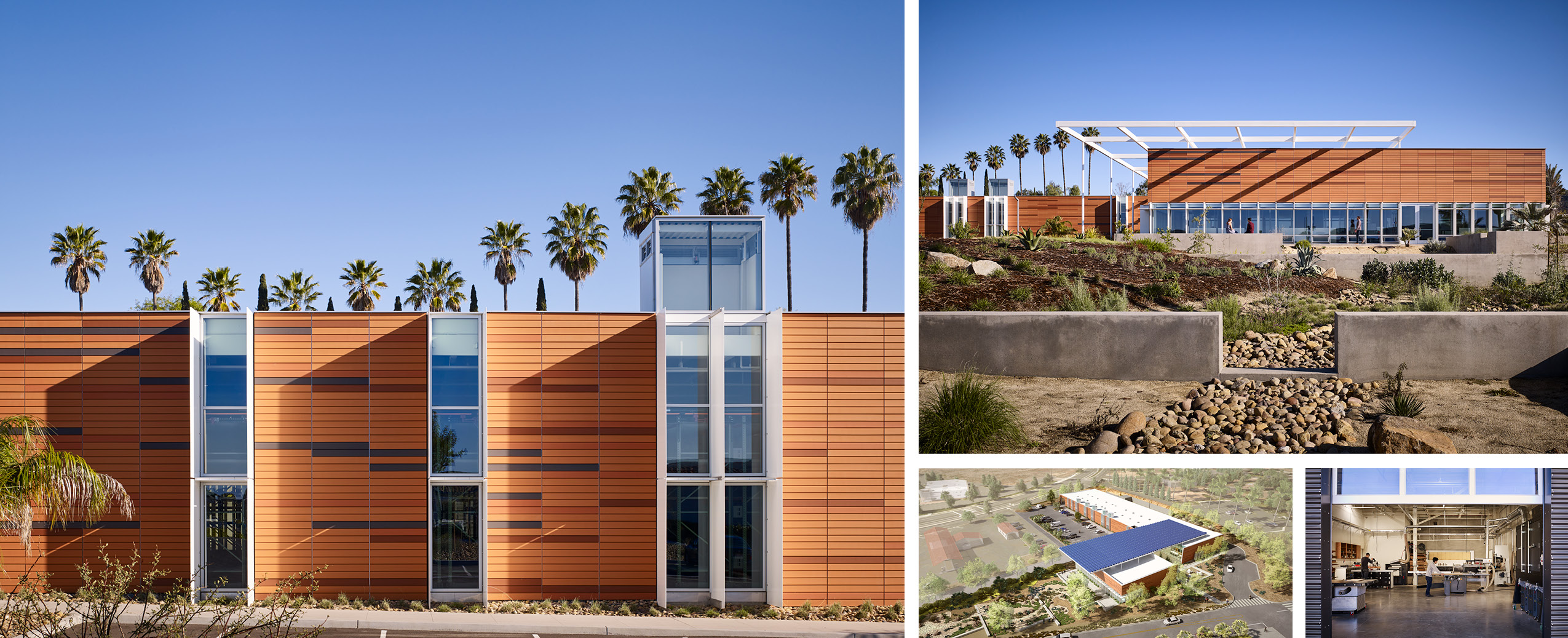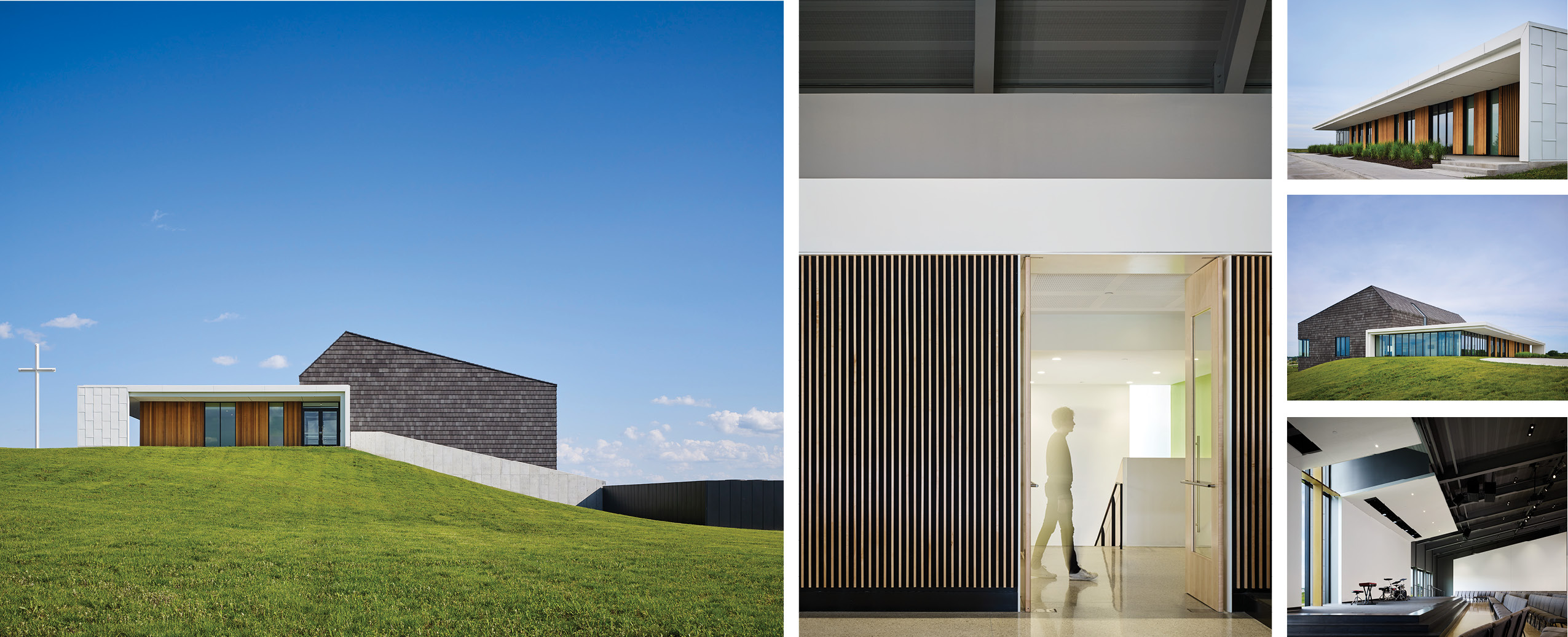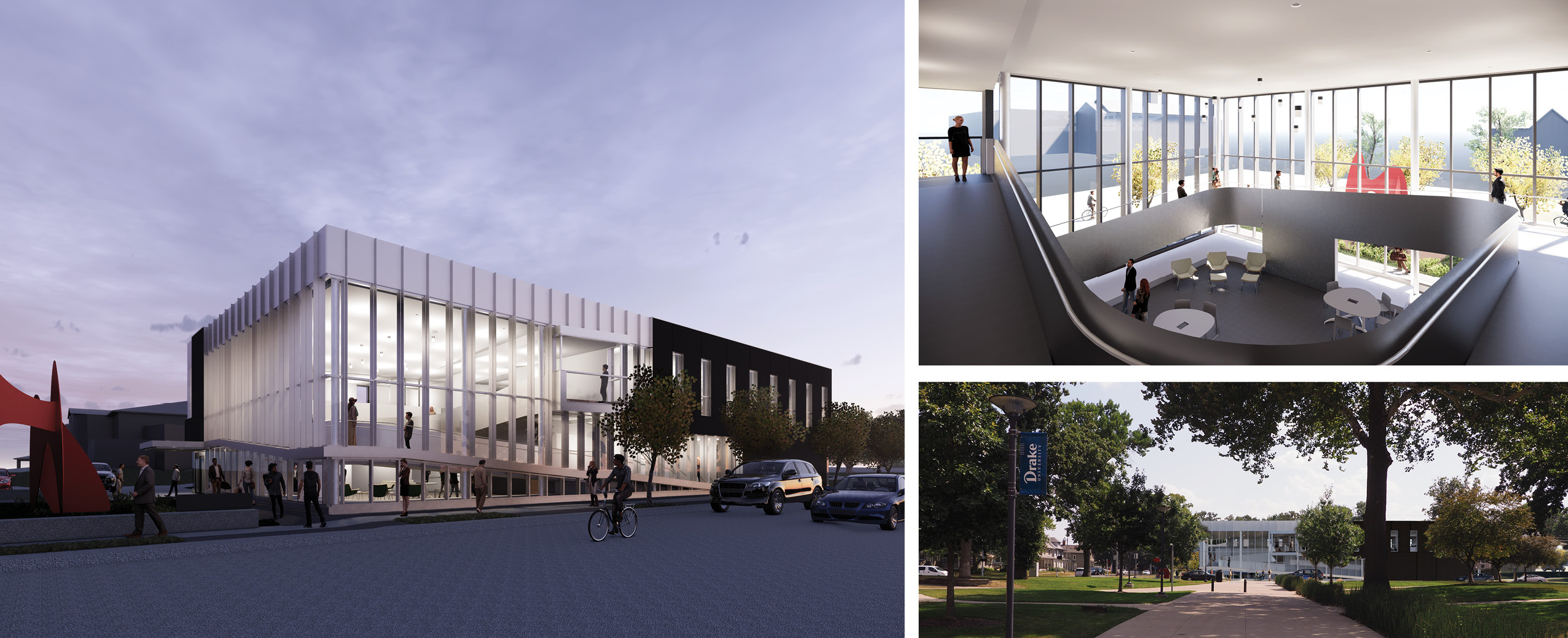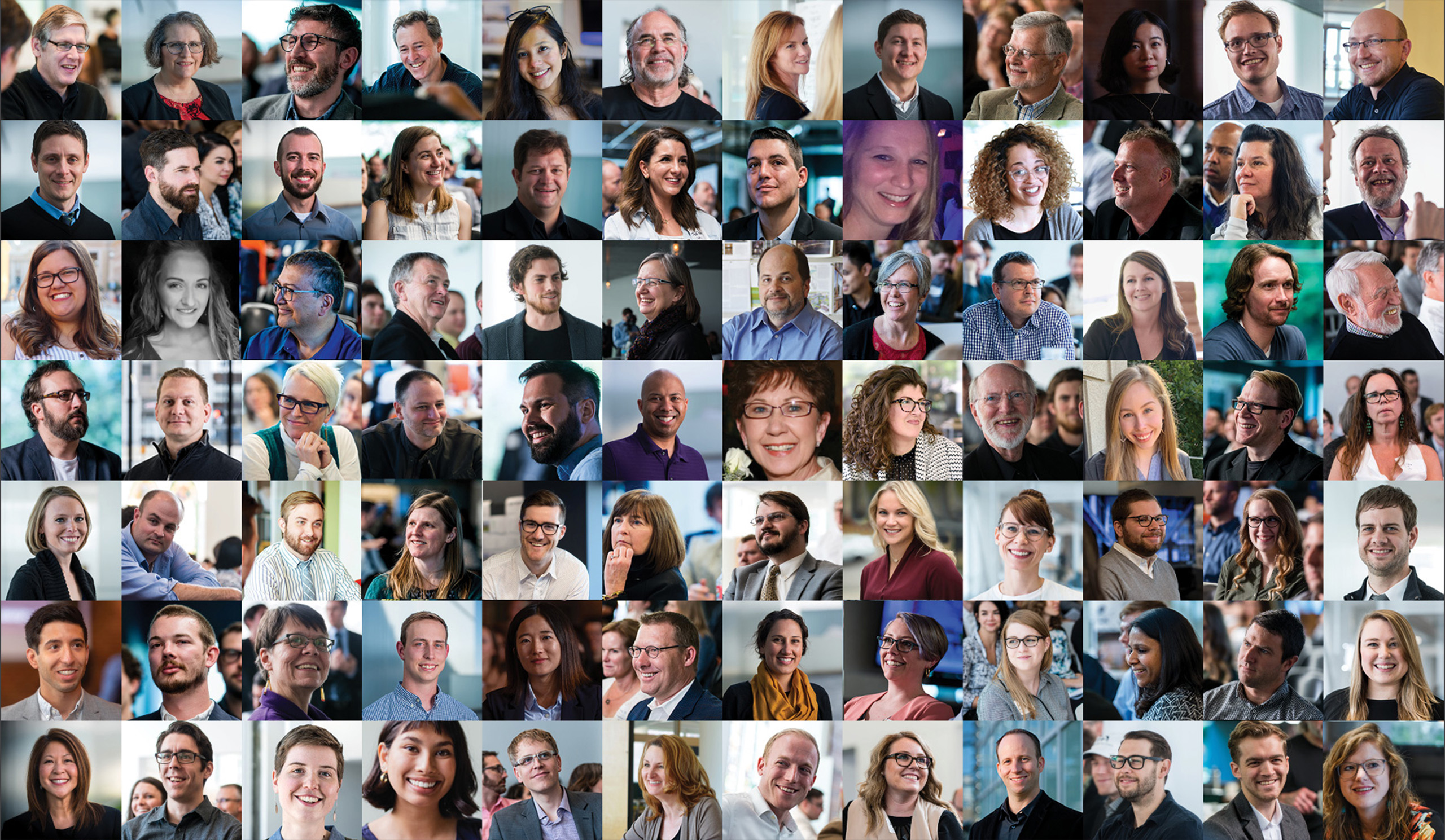
Focused on Outcomes
On winning 2019 Architect 50’s number one ranking for sustainability, author Elizabeth Evitts Dickinson writes, “The green ethos has become so baked in at BNIM that the word “sustainability” isn’t bandied about as it once was. “It’s so much a part of who we are and how we work, it’s almost redundant to use that word. We are truly focused on outcomes,” McDowell says.”
We use a John Muir quote frequently in our firm: “When we try to pick out anything by itself, we find it hitched to everything else in the Universe.” This understanding – that everything is integrated – is at the very root of our work. It is what we at BNIM call Human-Purposed Integrated Design, or HP.id, and it has become the single most impactful concept that guides and shapes our projects.
HP.id is not about form. It is about creating spaces where nature, humans, context, materials, craft, technology, and client mission intersect. It is a process that makes us hold in constant balance all of the aspects of function, impact, experience, and performance. It requires that we change our conversations with our clients and collaborators. It has us put on different lenses at different times throughout the design process to ensure that our designs are best serving their full range of purposes. HPID creates a unique aesthetic and form for each project. And it makes us ask questions that yield extraordinary outcomes.
Is our work beautiful?
The Fine Arts + Design Studios anchors a new arts neighborhood on the Johnson County Community College campus, providing a vibrant and inspired home for the artistic disciplines of graphic design, sculpture, ceramics, metals, painting, drawing, photography, and filmmaking. The design aimed to create a beautiful and inviting framework for collaboration, connection, new synergies, and thoughtfully crafted spaces for the creation and display of art.
Is our work making communities healthier?
At Asilong Christian High School in West Pokot, Kenya, several school staff members are living, working, and studying on campus to educate students from all over the rural region. BNIM’s Sam De Jong and Laura Lesniewski designed the school to focus on three primary needs of the remote area: climate, community and education. Natural and passive strategies are integrated into the design to create a healthier user experience focused on a learning environment with more daylight and natural ventilation. As a result, the campus lives on net-zero energy, net-zero water, constructed using regional materials and local labor, and relies on community engagement to ensure generational success. This project is one of many examples of how green ethos have become so baked in at BNIM that the word “sustainability” isn’t just a modest focus, but a necessary outcome.
Is our work contributing to a more vital and regenerative ecological system?
The Maintenance and Operations facility at Palomar Community College District utilizes innovative design strategies and sustainable strategies, providing a “long life, loose fit” building. BNIM focused on the concept of compounding value, allowing the Maintenance and Operations Complex to remain useful and operational well beyond the life of many similar buildings. The outcome of the project was a reduced total budget of the mechanical and electrical systems, and 100% natural daylight and ventilation in all regularly occupied spaces. Additionally, the thermal chimneys and roof monitors created an increase in natural ventilation, lowering building energy consumption and decreasing mechanical infrastructure.
Is our work helping organizations to function better?
With the evolving nature of healthcare and an understanding of the critical role nursing holds in patient-centered care, the College of Nursing at the University of Iowa recognized a need for design modifications to its building’s interior that would enable the College to move seamlessly into the future of healthcare and the forefront of nursing education. Our team worked with the College of Nursing to address this need through updated, accessible technology and state-of-the art facilities, accommodation of the College’s growing nurse practitioner programs, and introduction of natural light back into the building in spaces that inspire active student learning.
Is our work connecting people to nature?
BNIM’s design for Lutheran Church of Hope – Grimes aims to embody the community connection that is rooted within the life of the Church. With an orientation that connects the building to an outdoor plaza, worship space, and the surrounding landscape, the design invites natural elements in to create a sense of elegance and warmth in its gathering spaces, educational facilities, and a 500-seat worship area.
Is our work inclusive?
BNIM and the Harkin Institute at Drake University are developing a new resource for universal design. Our goal was to establish a new standard for universal design in architecture that deeply embodies inclusion, education, respect, accessibility, and opportunity for everyone. Spurred by this challenge, the design team embarked on a phase of work involving comprehensive research on the topics of universal and inclusive design. The result included categorizing universal design strategies into the following: Generous Space, Clear Path, Equitable Experiences, and Individual Empowerment. Through this continued research, BNIM is expanding the definition of Human Purposed Integrated Design to embrace Equity as an important part of sustainable design.

